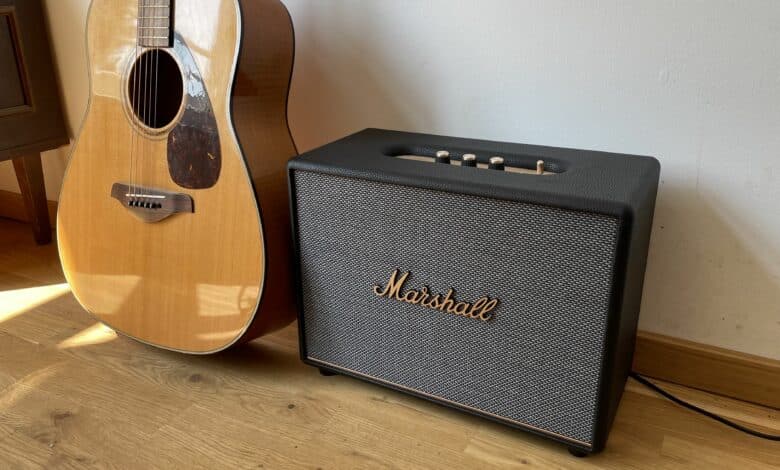
Just in time for Marshall’s 60th anniversary, the company is launching its new lineup of speakers in partnership with Swedish hi-fi experts Zound Industries. Not only portable Bluetooth speakers like the brand-new Marshall Willen (test) and the Marshall Emberton II (test) emerge from the update. We can also welcome newcomers among stationary Bluetooth speakers without an integrated battery. In addition to the Marshal Acton III (test) and Stanmore III, the flagship of the series also gets a new generation with the Woburn III. Already the first and second generation of the massive speaker could make the hearts of many hi-fi enthusiasts beat faster. Whether this is also the case with the update, you can read in the Marshall Woburn III test.
Technical data
| Frequency range | 35-20,000 Hz |
| Adjustable bass and treble control | Tune your music to your preferences with your speaker’s analog controls |
| Stereo/Mono | Stereo |
| Maximum sound pressure level | 100.5 dB @ 1 m |
| Enclosure system | Bass reflex |
| Amplifier | 1x 90-watt class D amplifier for the bass speaker, 2x 15-watt class D amplifier for the midrange speakers, 2x 15-watt class D amplifier for the tweeters |
| Power | Input voltage: 100-240 V Mains frequency: 50-60 Hz |
| Connectivity | Connection with cable: 3.5mm input RCA input HDMI inputConnection without cable: Bluetooth 5.2 (10 m range) |
| Control | Controls on the top: Source button Volume control Bass control Treble control Play/Pause button Reverse/Forward knob Main switch |
| App | Marshall Bluetooth app with equalizer and control options |
| Dimensions and weight | 400 x 317 x 203 mm and 7.45 kg |
| Colors | Black, Cream |
| Price | € 469.99 * |

Marshall Woburn III review: classic vintage look
- typical amplifier look
- High build quality
When it comes to design, there are no big surprises. Thus, the Marshall Woburn III also relies on the classic vintage look, reminiscent of a guitar amplifier. The dimensions of 400 x 317 x 203 mm contribute their part and are even a little more expansive than the predecessor. On the other hand, the manufacturer was able to save a few grams in weight. At 7.45 kg, it weighs over a kilogram less than the Woburn II. This can probably be attributed to the new material on the back. Plastic is now used here, but it doesn’t look cheap at all.
However, the still comparatively high weight should bother the very few. After all, the Marshall Woburn III is clearly a Bluetooth speaker intended for use in your own four walls. This is already clear from the fact that you won’t find a battery or protection against water and dirt here. Consequently, you should assign the Woburn a permanent place and let it do its work.
No matter where you place this chic speaker. Its vintage design is a real asset in any room. Connoisseurs of the series will quickly realize that the Woburn can not only be quite clearly assigned to its predecessor. For example, the textured vinyl cover combined with the chic grille including the iconic Marshall lettering make the Woburn look like a big version of the Acton and Stanmore.
Marshall Woburn III review: small but subtle changes
- minimal visual changes from its predecessor
- Control panel enhanced with additional functions
However, a closer look reveals small but subtle differences to the Woburn II. For one thing, there is the brass-look trim strip, which is located below the radiator grille. While the Marshall Woburn II still had a much thicker bar here to indicate the founding year 1962, this part is now much more restrained because it is narrower.
Connoisseurs of the predecessor will also immediately recognize the control panel. But even newcomers will find their way around right away, since everything is very self-explanatory. Besides a 3.5 mm jack, you’ll also find a button for selecting the source here. Furthermore, there are three different knobs where you can adjust volume, bass and treble. A new feature compared to the predecessor can be found on the right side.
Now there is no longer just a simple play/pause button here. Instead, the manufacturer equips it with another function. With a simple tap to the left or right, you can now jump to the next or previous title. The classic on/off button celebrates a comeback. This is now fortunately mechanical again and makes every on and off with an iconic click a great pleasure.
This just fits perfectly with the otherwise classic amp look. Whether you prefer the soft switch of the predecessor or the crisper toggle switch of the Woburn III is a matter of taste. Regarding the build quality of the Woburn, I can’t think of any other word than “terrific”. Here you get a high-quality processed and really chic piece of technology that enriches every living room even when switched off.
Marshall Woburn III Test: Connectivity
- Bluetooth 5.2
- Cable connection via RCA, 3.5 mm jack and HDMI
- HDMI-ARC for convenient connection to the TV
Somewhat more exciting than the small optical innovations are probably the changes in technology. Thus, the manufacturer now spends the Marshall Woburn III Bluetooth 5.2, which results, among other things, in an even more stable wireless connection to your source device. However, the new Bluetooth standard is also supposed to make the speaker future-proof. Marshall wants to establish some new features via over-the-air updates in the coming months and years. Especially the pairing of several speakers is supposed to change a lot. In the test, I always had a stable Bluetooth connection without any dropouts.
If you prefer a classic cable connection with the classic look, you can do that as well. Here you now have not just two, but three connection options. As already mentioned, there is a 3.5 mm jack connection on the top. Alternatively, you can also use the RCA port on the back – so far, so familiar. However, a new addition is an HDMI port, which is also located on the back. This offers support for HDMI-ARC and can thus also turn the Marshall Woburn III into your home theater system.
While a new port has been added in the form of the HDMI port, there is still a bit of grumbling to be had. For example, I wonder why Marshall doesn’t give a dedicated input jack for guitars despite the obvious leanings towards old, in-house guitar amps. This would be another exclusive selling point. Furthermore, I think that with an MSRP of 569.00 Euros, you can definitely think about embedding WiFi features. Finally, services like AirPlay or Spotify Connect would further enhance the user experience.
Marshall Bluetooth app
Of course, the Marshall Woburn III also offers support for the in-house app. To use this is worthwhile not only to pick up the regular firmware updates and keep the speaker always up to date. On top of that, more sound details can be adjusted here than on the device itself.

The app contains a practical 5-band equalizer that lets you adjust the sound to your liking. Especially in combination with bass and treble controls on the Woburn III itself, you can create a very individual sound. If you don’t feel like it, you can also simply access the presets from Marshall.
Marshall Woburn III review: sound quality
- great bass, terrific mids and treble
- at top volume, minimal distortion with too much sub-bass
- round sound
Before we really turn up the Marshall Woburn III to put it through its paces, let’s take a look at the sound technology inside. This has been significantly revised. The two bass speakers with 50 watts of power each have been replaced by a single woofer with 90 watts of power. The two tweeters with 15 watts of power each have remained in turn.
In the third generation of the large-format speakers, however, they also get an addition in the form of two midrange speakers, which also offer 15 watts of power each. Let’s take a listen to what this tickles out of the stereo speakers in terms of sound. In our test setup, we selected the Flat preset and placed the treble and bass controls in the center. This way, we wanted to create as neutral a sound image as possible.
Electro
Our previous tests of the 2022 Marshall speakers proved that very deep bass (subbass) can be a challenge for vintage-looking speakers. This is not the case with the Woburn III. This one delivers earth-shaking bass for electronic dance music, which can also be heard perfectly in the sub-bass range. The very good frequency response between 35 and 20,000 Hz is undoubtedly noticeable here.
However, we unfortunately have to note that the basses of the new Marshall Woburn can lose accuracy at maximum volume. Here it comes then sometimes also to distortions. However, this is complaining on a high level, because you will only set the Woburn to top volume in the rarest of cases. After all, the stereo speaker can get insanely loud and should not be pushed to its limits, especially by neighbors with sensitive ears.
Rock/Folk
Wherever guitars play an important role, Marshall feels right at home. This also applies to the Woburn III. Whether electrically amplified or acoustic – guitar sounds are reproduced here with a terrific accuracy that is unparalleled. The great mids and highs are also convincing on vocals. Starting with the low baritone range up to higher tone regions, almost all voices are reproduced with wonderful precision. The Woburn III is also convincing across the board when it comes to drums.
These are waiting with a full and round sound that provides a great background to every track. Even at maximum volume, the stereo speaker maintains its accuracy at all times. Distortions or the like do not exist here. In the rock sector, the manufacturer thus once again proves where the roots of the now 60-year-old traditional company lie. So it is mainly rock fans who will definitely get the perfect sound with the Marshall Woburn III.
Hip Hop
Moving on, we come to hip hop. And here, too, the Woburn III gives you no reason to complain. Even the sub-bass range, which led to slight distortions with Electronic at maximum volume, does not cause any problems here. This is at least the case when the low-frequency bass doesn’t take up too much room. Not too deep basses are reproduced by the Marshall Woburn III with a juicy punch that is second to none. Otherwise, you get a nice treble-mid presence here that reproduces beats and vocals beautifully.
Classical
Since deep bass is virtually non-existent in orchestral pieces, the Woburn III can fully concentrate on the mids and highs here. This results in a powerful and harmonious interplay of the individual instruments. Thus, the stereo speaker scores not only with bassoon and double bass, which can be attributed to the great mids. Higher pitched instruments like the flute can also be heard very well. The great mids and highs also stand out in arias. This makes classical vocals a breeze for the Woburn.
Right wide soundstage
As mentioned earlier, the sound technology of the Woburn III has been significantly revised compared to its predecessor. Thus, the third generation of Marshall’s flagship now features a brand new three-way driver system. In addition to a woofer, there are two midrange drivers and two tweeters. This is supposed to be the guarantor for the round sound image we praised so much. But thanks to the added midrange drivers, there is not only a clearer midrange.
Since the manufacturer has also angled the two tweeters outwards, the Woburn III sounds more spacious than its predecessors. Thus, with the Woburn of the first two generations, you always had to find a sweet spot where the sound is really good. The Woburn III delivers high quality sound in every corner of your room. So you can also use it as a compact home theater system for your TV without hesitation.
Marshall Woburn III review: conclusion
Now that I’ve been able to take a close look at the entire 2022 lineup of Marshall speakers with Willen, Emberton II, Acton III, Stanmore III and Woburn III, there’s a clear winner for me – At least in the home segment. I have to say that I find the Acton and Stanmore really great. But I love the Woburn III! There are several reasons for this. First, it offers the iconic Marshall design, which I find simply terrific. Combined with the very high build quality, it’s a real asset to any living room – not only sonically, but visually as well. And speaking of sound, there is nothing but genuine praise to be sung for the Woburn III. I have heard few compact stereo speakers in my life that deliver such great sound quality.
Here you really only get problems as a fan of electronic music with a lot of sub bass, if you listen to the tracks at maximum volume. However, you’d better not do that anyway, given the extremely high maximum volume of the Woburn III. Unlike the Acton III and Stanmore III, I also think the Woburn III offers great value for money. Besides the terrific sound, there is also a convenient operation. You can either use the control unit on the speaker itself or the practical Marshall Bluetooth app. If you’re looking for a large-format speaker with a unique design that can not only be loud, but also offers really great sound, you’ve come to the right place.
Marshall Woburn III
Workmanship
Sound quality
Usability
Features
Value for money
92/100
If you're looking for a large-format speaker with a unique design that can not only be loud, but also offers really great sound, the Woburn III is the perfect choice.



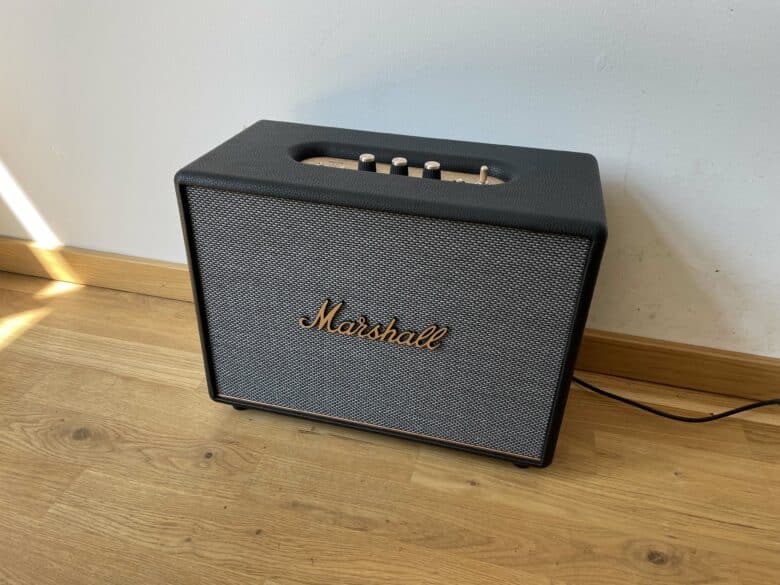
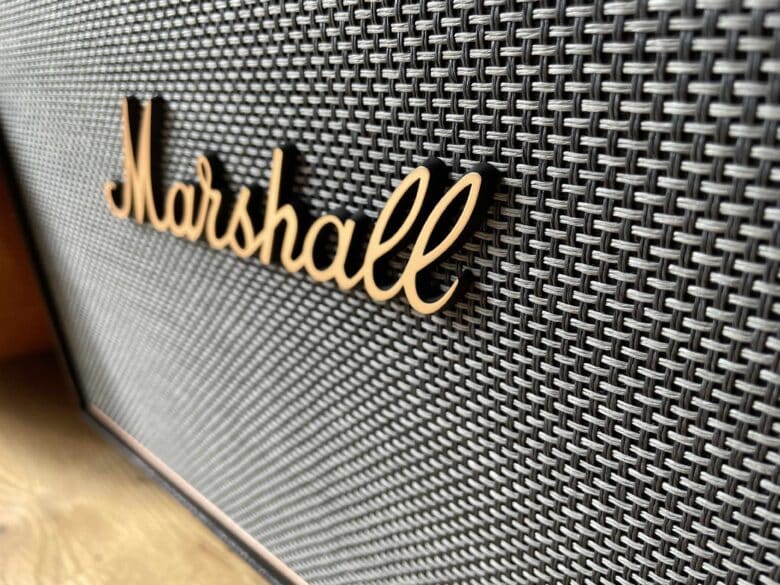
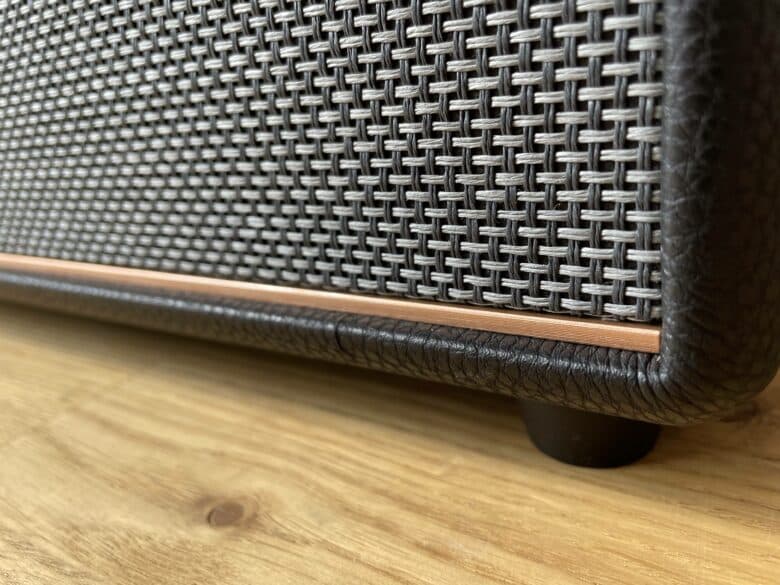
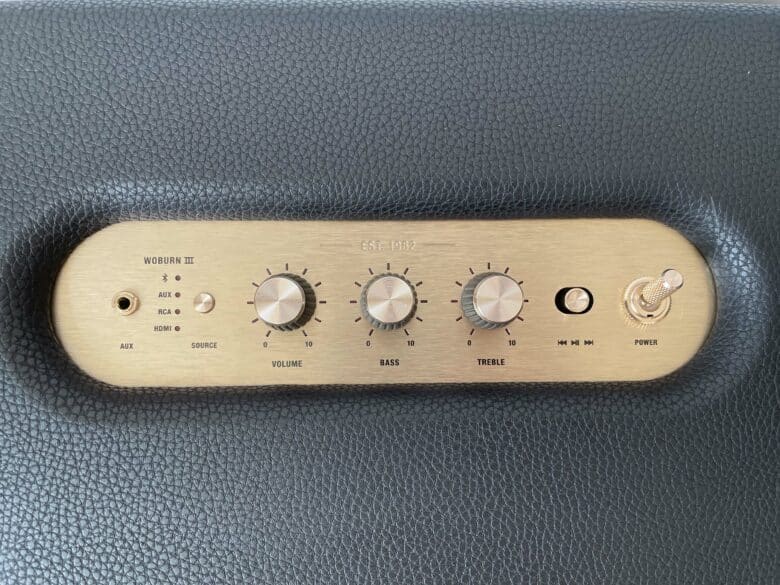

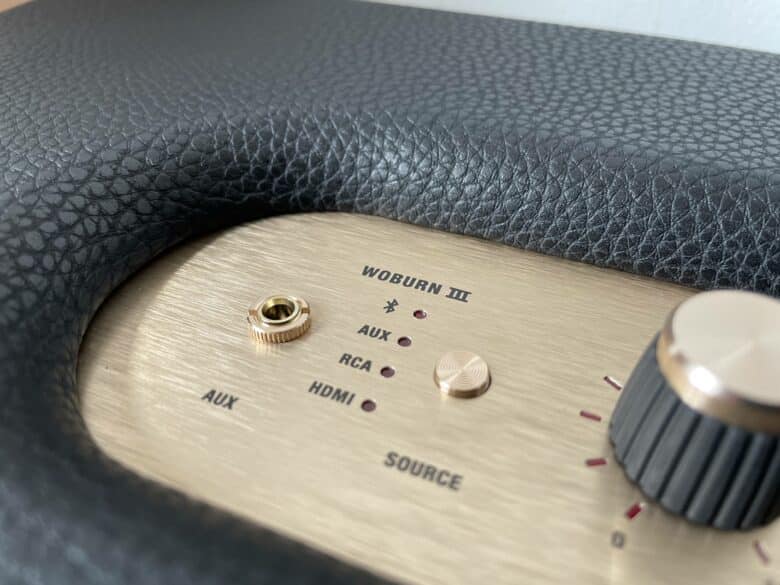
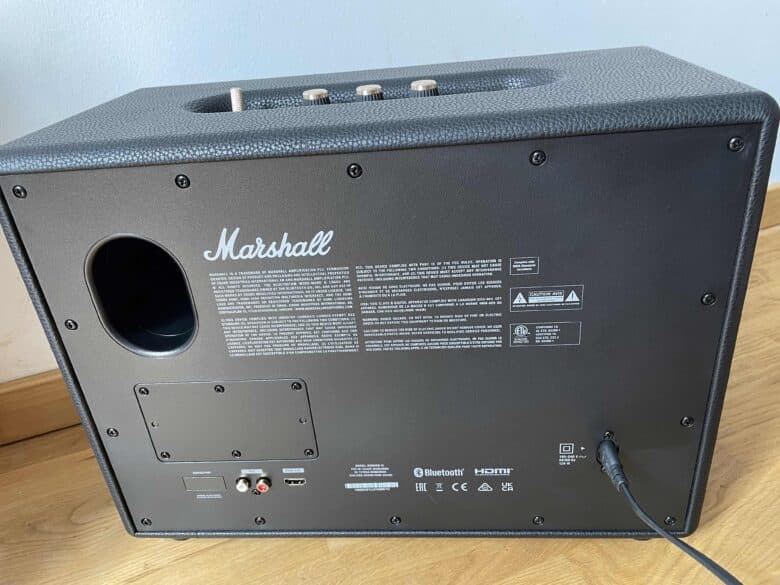
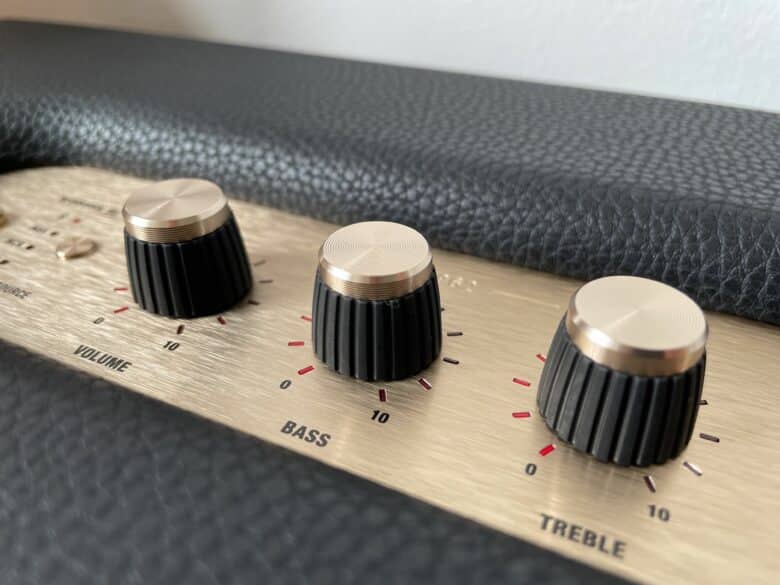
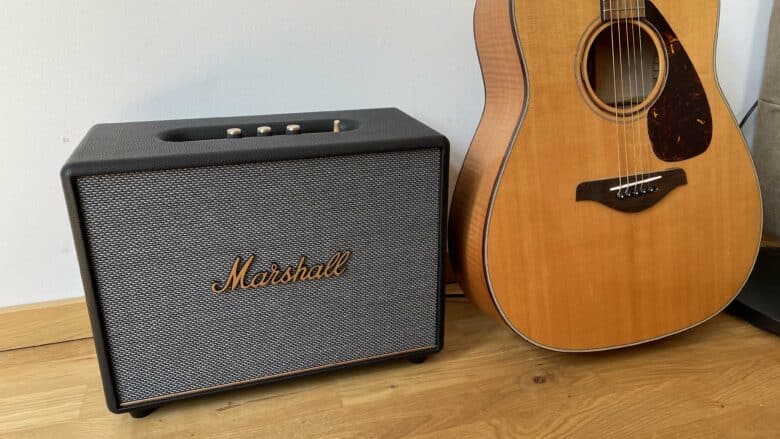
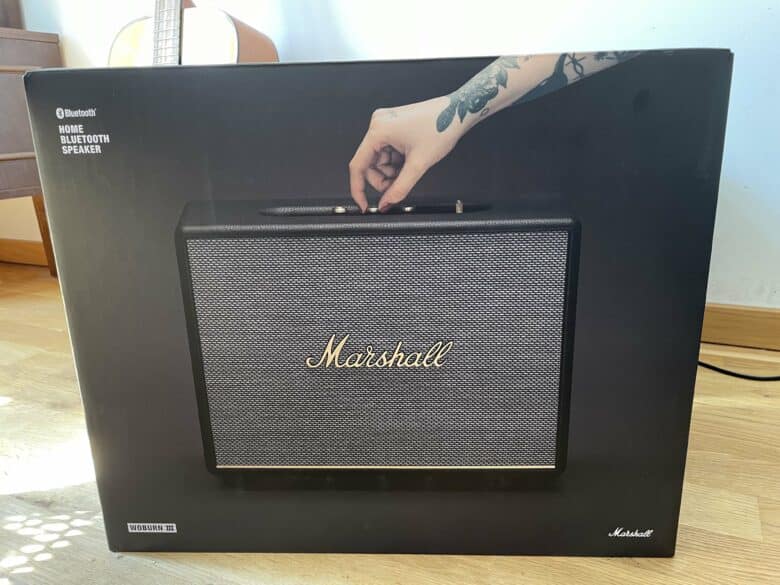

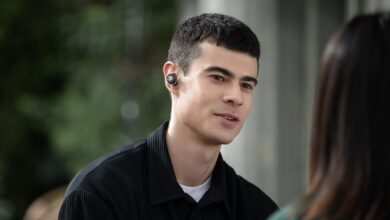

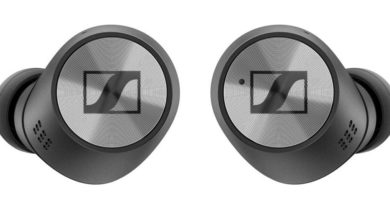
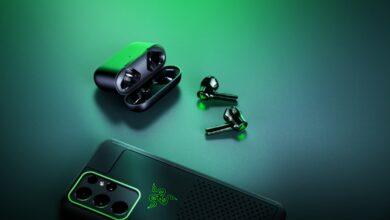
No replies yet
Neue Antworten laden...
Gehört zum Inventar
Beteilige dich an der Diskussion in der Basic Tutorials Community →